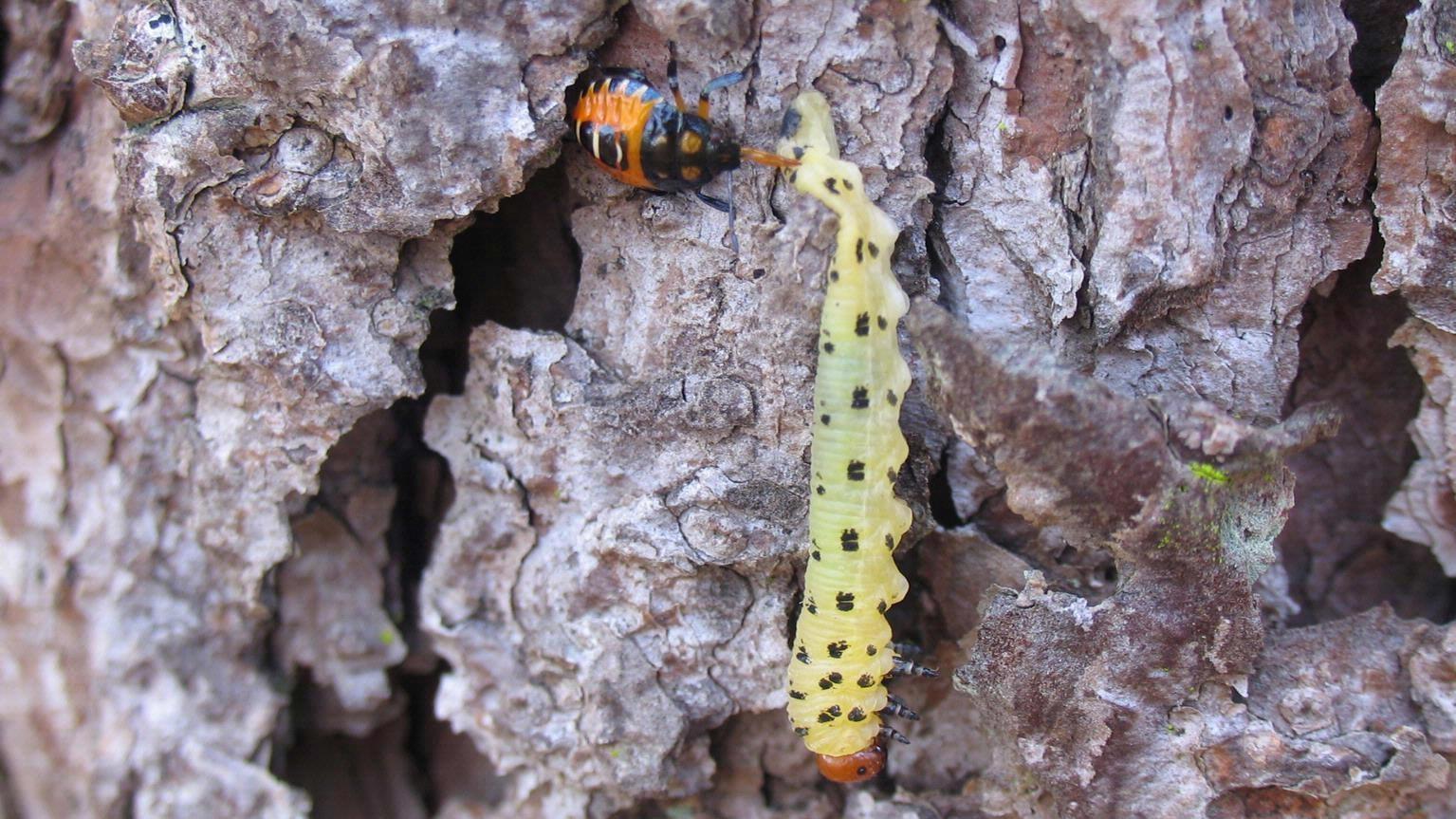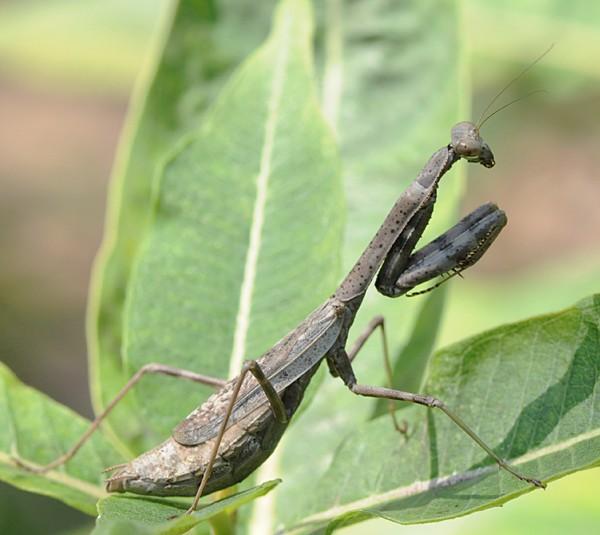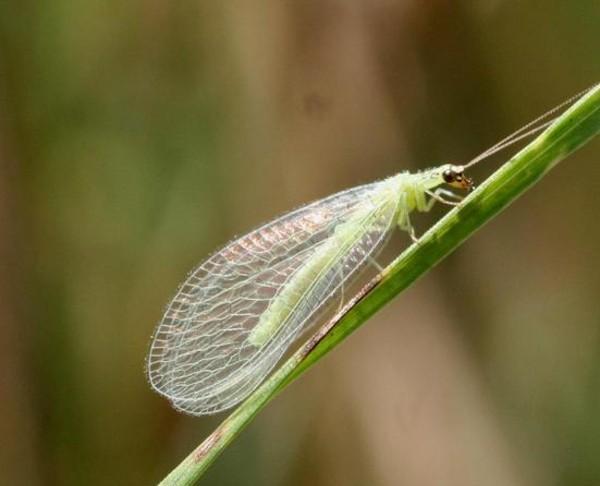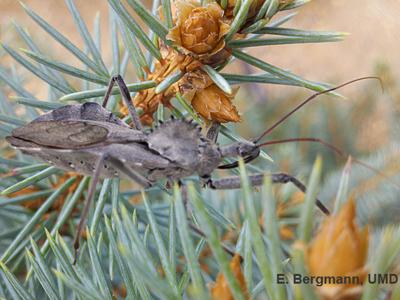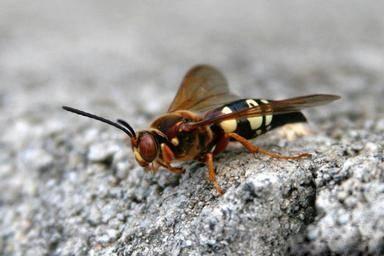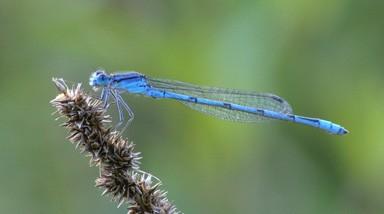What are predatory insects?
-
Predators are animals that eat other animals, called prey, and are usually fairly active because they have to hunt their prey.
-
Predatory insects eat many pest insects and are an important part of a natural control program for the home garden.
-
The most common insect predators are in the beetle, true bug, lacewing, wasp, and dragonfly families, as well as some flies such as flower fly (click on links below).
-
Other arthropods, such as spiders, and predatory mites, are also important predators of insect pests in the home garden (click on links below).
-
Even vertebrates get in on the action, with birds and toads feeding heavily on insects and snakes effectively providing rodent control. To encourage vertebrate predators in the home garden a water source should be provided.
